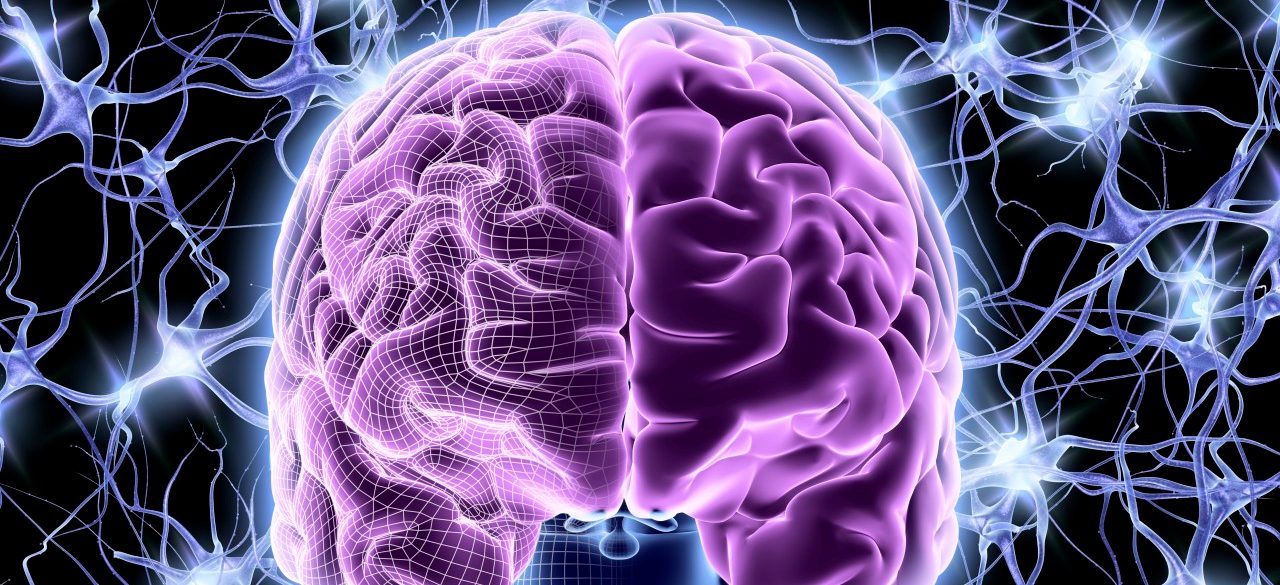Neurofeedback Therapy for Autism and ADHD

Neurofeedback therapy may help people with autism and ADHD.
Imagine being able to see your brain at work — its electrical signals pinging and humming. Then, imagine being able to change those signals yourself, perhaps to reduce long-running anxiety or increase mental focus.
Sounds like science fiction, right? Yet the practice of neurofeedback, as it’s called, is very much a reality. Practitioners and a growing body of evidence suggest neurofeedback therapy can help a broad spectrum of people, from those with autism or attention deficit hyperactivity disorder (ADHD) to the healthy — athletes, performers, executives — who wish to push performance to peak levels.
YOU MIGHT ALSO LIKE: Hope for Recovery from Serious Stroke Disability
What is neurofeedback?
Neurofeedback, a subset of the broader category of biofeedback, trains people how to change the automatic functioning of their body. In both, sophisticated machines monitor physiological markers, such as breathing, heart rate, or electrical activity in the brain. Patients receive immediate information about such markers and are rewarded for meeting target changes. For example, someone might watch a short animation of kittens or fireworks as a reward after successfully slowing their heart rate.
In neurofeedback training, patients learn to alter the activity of various brain waves. The treatment hooks patients up to electroencephalogram machines, which measure activity in the brain via electrodes attached to the skin in various areas of your head.
It may sound futuristic, but increasing evidence points to its efficacy. Perhaps the most well-studied therapy is for ADHD. Dozens of studies suggest neurofeedback therapy may be as effective as methylphenidate (Ritalin), the common medication for ADHD and attention deficit disorder (ADD). Though neurofeedback is still controversial among some in the medical community, one 2014 review concluded neurofeedback is a “clinically effective” treatment for ADHD. And in 2012, the American Academy of Pediatrics gave it a “level 1” rating — its highest — for efficacy in treating ADHD in children.
Neurofeedback may even help improve cognitive performance for the healthy.
Why neurofeedback therapy works
Sanford Silverman is a psychologist and director of the Center for Attention Deficit and Learning Disorders in Scottsdale, Ariz., where he uses neurofeedback techniques. “When you’re training the brain, you’re getting the brain to work better, to coordinate better, and you’re going to see improvement in various areas,” Silverman says. “So you can see improvement in processing abilities, reception of material, receptive abilities, expressive abilities, focusing, performance.”
He likens the process to a conductor of an orchestra. If the conductor isn’t paying attention, the rest of the orchestra won’t perform well. “It’s the same with the brain,” he says. “If areas of the brain aren’t communicating with each other — the timing is off, or there’s too much activity in certain areas, or underactivity — that area won’t be functioning as well as it could. So if you’re giving feedback about how to get blood flow to that area, or get it to fire better, you’re going to see improvement.”
Silverman has published a paper describing his work with a professional baseball player and says he has helped hundreds of patients over 20 years of practice, including children with ADHD and those on the autism spectrum.
Are there neurofeedback side effects and downsides?
Proponents of the therapy say it has no know side effects, unlike most prescription drugs. Silverman points to studies suggesting the benefits of neurofeedback persist over time for children with ADHD, whereas the benefits of medication last only as long as the medications are taken. “We’re living in a pharmaceutical world where medication and drugs are quite frequently used, so it’s an alternative to the use of medication, or could be used in conjunction with it.”
The downside: while some insurance companies cover neurofeedback, many still do not. The International Society for Neurofeedback and Research (ISNR) published a white paper outlining the medical evidence for neurofeedback as a treatment for ADHD, as well as a tool kit practitioners may find helpful in working with insurance companies.
If you’re interested in finding a practitioner, Silverman emphasizes finding one who’s highly experienced, as well as certified by a body such as the Biofeedback Certification Institute of America or is a member of the ISNR. Both are advocacy and membership organizations for practitioners.
He also cautions against using home-based machines, some of which retail for hundreds of dollars. Since such machines aren’t regulated by the Food and Drug Administration, it’s unclear how effective they are, or whether they may even have unintended effects. Stay safe, and work only with certified, experienced practitioners.
Updated:
April 03, 2020
Reviewed By:
Christopher Nystuen, MD, MBA